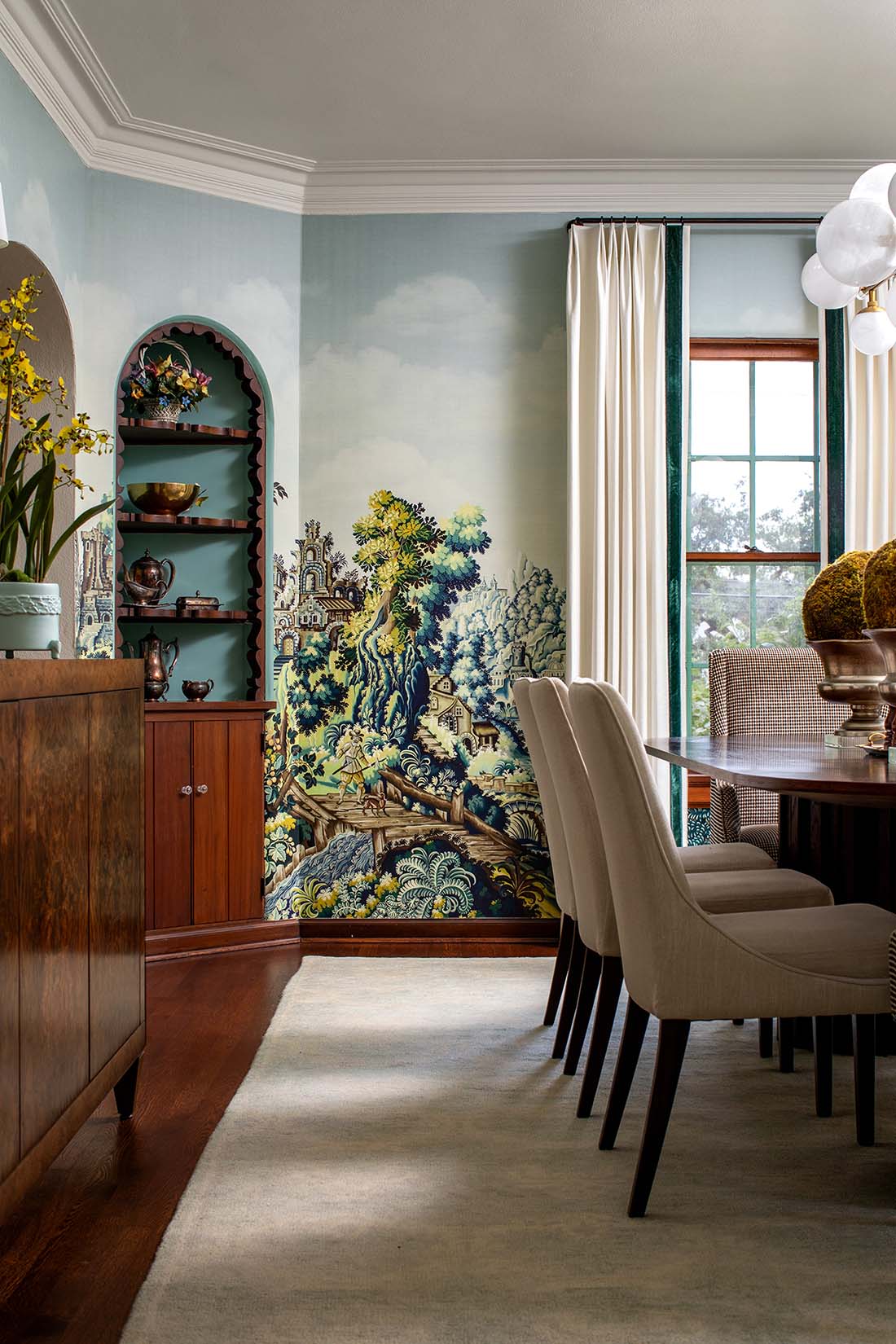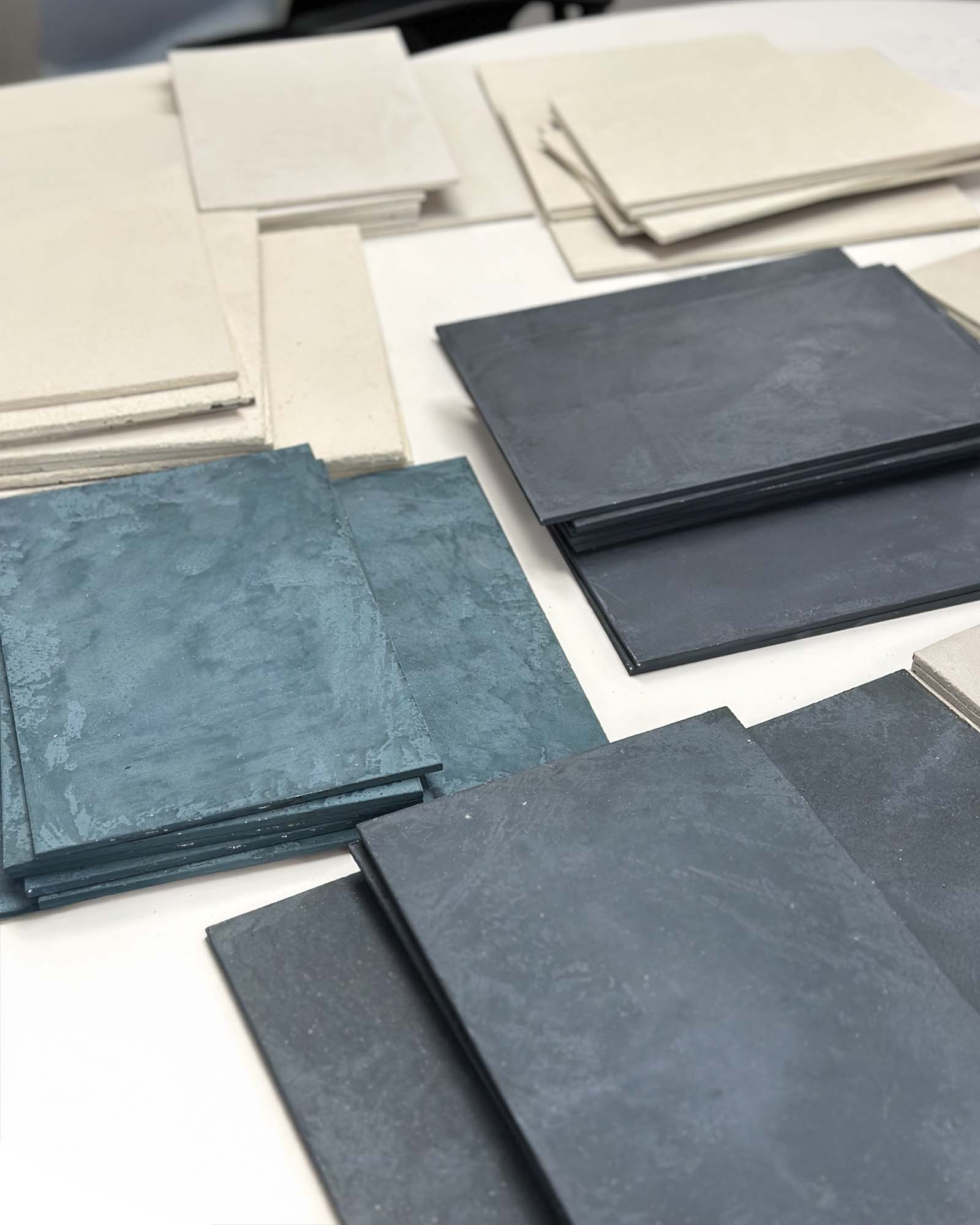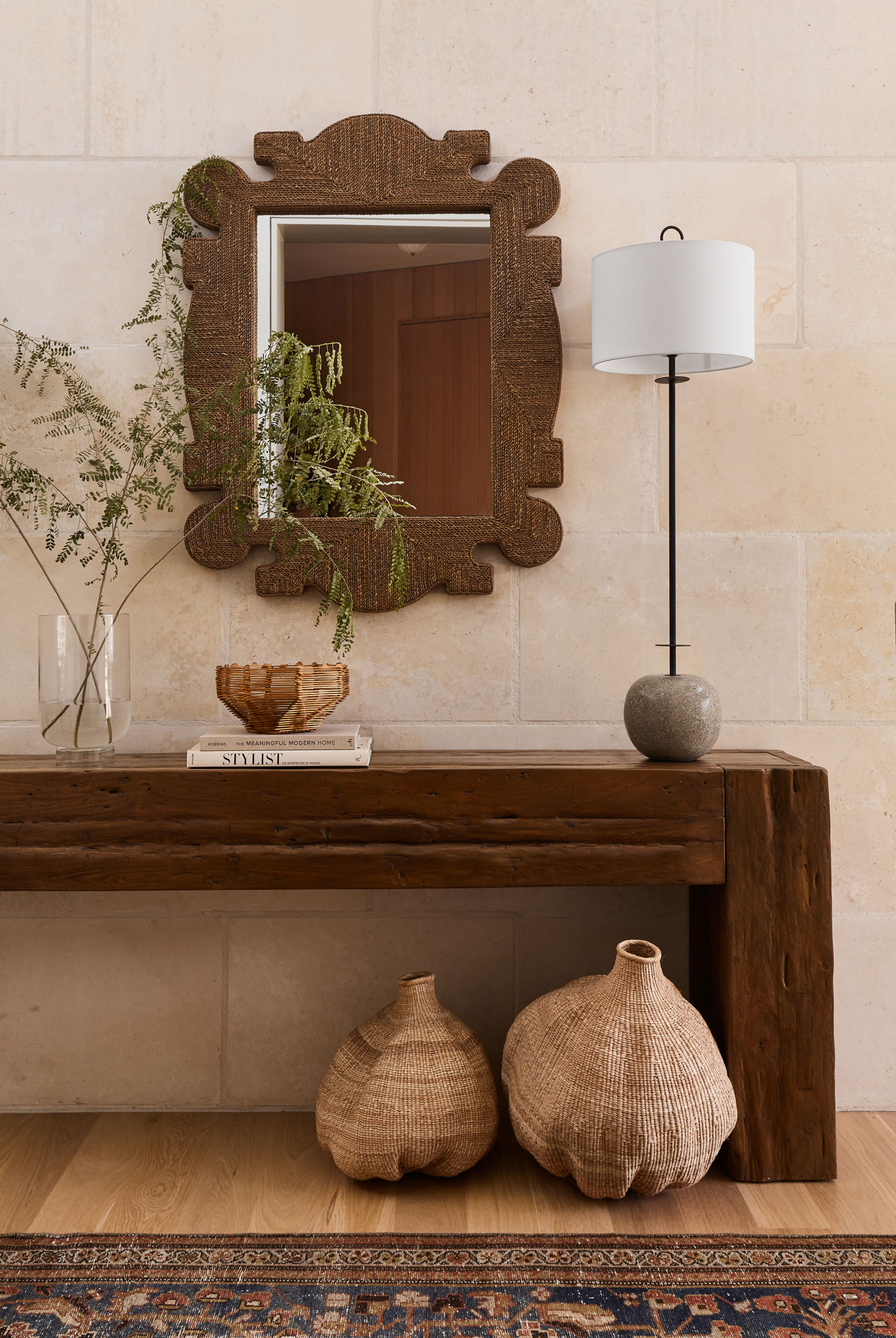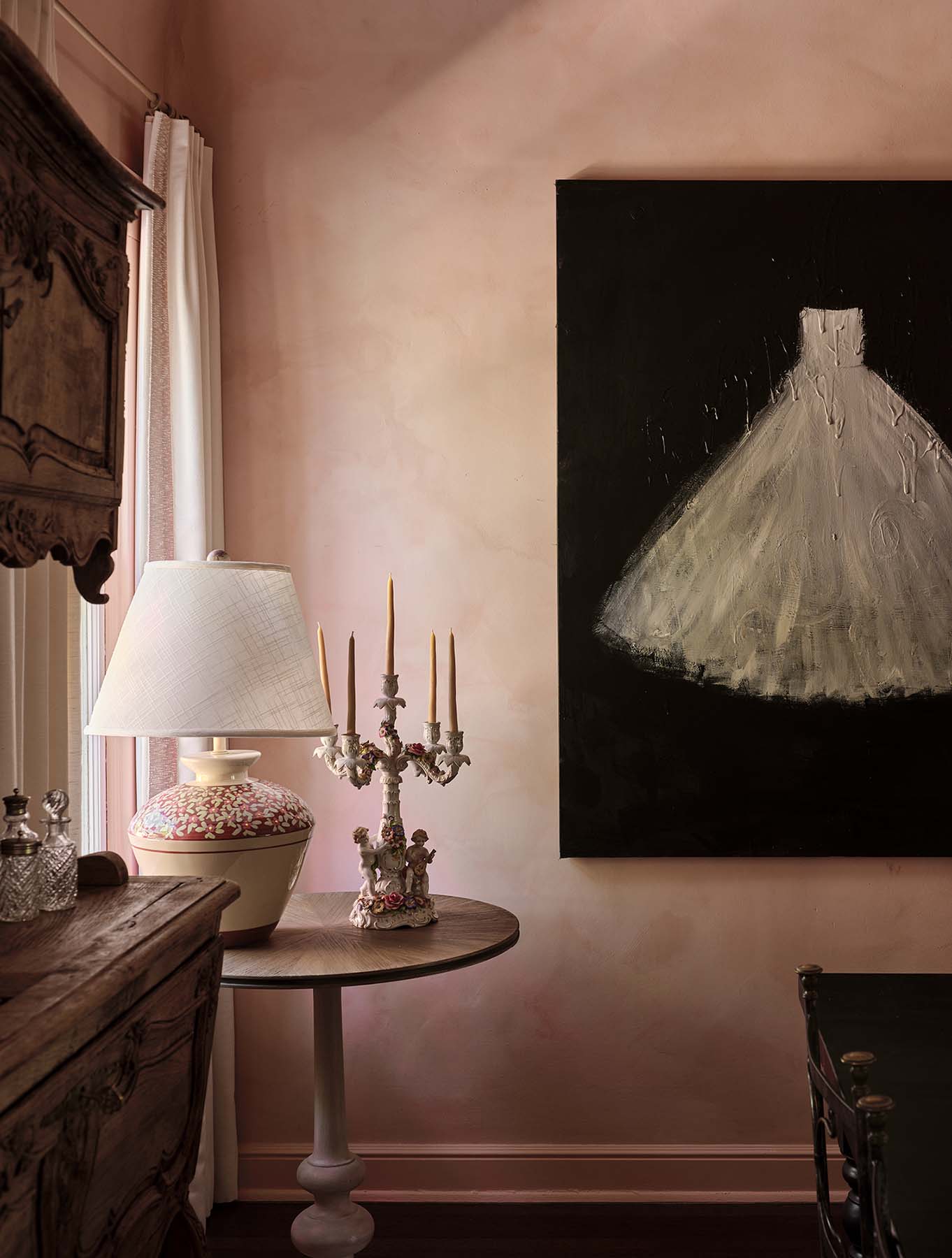If you’re researching how to install removable wallpaper (commonly called “peel and stick wallpaper”), you’ve probably already read our earlier post with our installation how-to videos.
.
In those videos, our own Peter Moon shows you how he begins the installation of peel and stick wallpaper at his daughter’s apartment, on top of the existing wall texture. (That texture comes into play later, by the way! It’s an important factor in how the wallpaper looks – we’ll show you why.)
.
Now comes the trickiest part of the whole wallpaper installation – the corners!
.
So, you’ve installed all the removable wallpaper strips except the last one, at the right-hand edge of your wall. It’s time to hang the final strip. This one’s a bit trickier than your previous strips. Unless you’ve custom-ordered your removable wallpaper to the exact dimensions of your wall (and unless by some miracle your room’s walls are perfectly square and plumb), your final strip of wallpaper will need to be trimmed at the top, bottom, AND right-hand edge of your wall. This takes some deft maneuvering up at the corners! Not to worry. Here’s our video showing how Peter (a top-notch wallpaper installer himself for over 25 years) deals with those pesky corners:
.

..
As you see in the video, the trick to trimming your wallpaper properly at the top and bottom corners is all in marking the precise location of the where the wallpaper hits the exact corner, by indenting or even poking through it with the tip of something sharp like a pair of scissors. Once you’ve done that, you slice away the excess paper at the corner by cutting a diagonal line straight through the marked point. Notice that the angle at which you cut away the paper doesn’t matter! Let’s talk about why.
.
The illustration below is an example of where your final strip of removable wallpaper might go on your wall. How much extra wallpaper will need to be cut away from the top, bottom, and side will depend on your own situation, of course. It might be that you only have a few inches of blank wall left to cover, so you’ll be cutting away over a foot-wide strip of wallpaper at the right edge. Or perhaps your wallpaper ends with just an inch-wide overhang beyond the right edge of your wall, and you’re just cutting away that tiny strip. It doesn’t matter – either way, you need to trim away the top, bottom, and side of your final strip, whatever extends beyond your wall area (the area outside the red line, below).
 .
.
But you can’t just push the wallpaper in place and then cut away the top and bottom edges like you’ve done previously, because your wallpaper will bunch up at the corners, so you can’t make a clean cut. So you have to trim a diagonal piece off, almost like a mitered corner, at the top and bottom right, then push your wallpaper in place. The nice thing is, you don’t have to worry about the angle at which you cut away the excess at the corners. Here’s what we mean:
.

.
In other words, if you cut away a diagonal wedge in such a way that you go exactly through your marked point, it doesn’t matter at what angle you cut away the excess corner wallpaper. Just make sure your cuts are on the outside of the red line on the diagram!!
.
Repeat the same process to cut away the excess corner wallpaper at the bottom, once you’ve pushed the top part of the wallpaper strip in place and have made your way down to the bottom section of your strip.
.
It can be a little scary, scrunching the wallpaper up into the corner of the wall, marking it right at the corner, and cutting away the extra without the security of having the whole top edge already stuck in place. But trust us . . . this process works!! You could take a sheet of newspaper and test the theory, just to see what we mean. It might make for some good practice, and put your mind at ease.
.
Once you’ve dealt with the top corner, cut away the excess at the top edge, worked your way down and cut away most of the right-side edge, dealt with the bottom corner and then cut away the extra wallpaper at your bottom edge . . .
.
.
Congratulations, you did it!! Your peel and stick wallpaper should be looking pretty fantastic . . . Well done!
.
[By the way, this is as far away as we could get in the small 10′ x 12′ bedroom, to try to get a shot of the full wall. We need to come back with a wide-angle lens . . . but you get the idea!]
.
Now that you’ve seen the whole installation process, are there any caveats or special considerations we’d like to share? YES!
.
For starters, there’s the visibility of the texture. Look closely at the photo above, especially where the light hits the wall at the upper center section, and you’ll see the underlying “orange peel” texture of the wall. This may or may not bother you, but any existing texture on your wall will definitely affect the final look of your installation. Here’s a photo of the texture, before we installed the wallpaper, so you can see what’s underneath the paper:
.

.
Secondly, there’s the issue of the seams between the wallpaper strips. The seams are barely visible here, immediately after installation, but we got a nasty surprise when we revisited our lovely installation a few weeks later. . . We’ll show you in our next post in this series on how to install removable wallpaper. We’ll also tell you what we suggest doing to avoid any nasty surprises of your own! (Hint: it has to do with smoothing out your wall first.)
We explain a little more in depth in our “peel and stick wallpaper pros and cons” post. If this is something you’re considering, it’s well worth reading.
.
In the meantime, feel free to browse our own gorgeous wallpaper installation projects for inspiration. Removable wallpaper, or peel and stick wallpaper, is widely available through most established wallpaper suppliers (we bought this peel and stick floral wallpaper on Etsy, but we have a whole list of suppliers and suggestions on where to buy wallpaper, and on how to choose wallpaper online). Whether your want a standard pasted version or a removable peel and stick wallpaper, there are some beautiful options out there!







